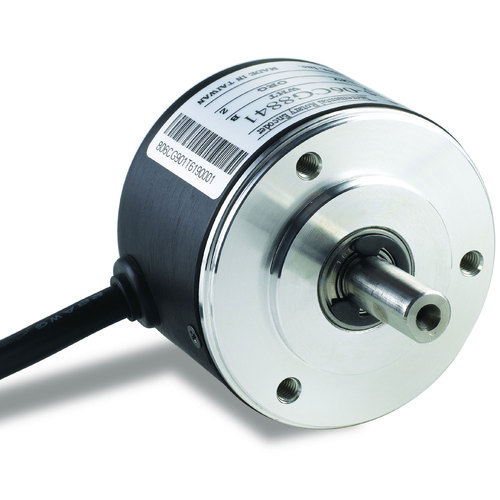There are many types of encoders, but one that is widely used is the optical encoder. In this article, we will give you vital information about optical encoders. What are it and its uses?
An optical encoder is a motion-sensing device that relies on light shining through the coded disk. What the light does is track the shaft’s movement. The interruption of light is the basis for encoding. The optical encoder consists of the LED light source, a disc with slot-like apertures, and a photodetector.
What are the uses of an optical encoder?
There are many uses for an optical encoder, but looking at the functions of an optical encoder, it is used to measure and control rotational motion, making it a vital tool in various applications. It is useful in centrifuges, lab tests and medical equipment, chemical dosing equipment, CT and scan bed systems, robotics, commercial and industrial equipment, and programmable inspection equipment, to name a few.
What to keep in mind?
One thing you need to know about optical encoders is that they are not created equal. There are many types of optical encoders, and each has perks and some issues. The choice of an optical encoder will depend on the purpose of using it. For instance, absolute optical encoders are very good at detecting the exact angle position, which is beneficial in applications that require strict safety protocols. On the other hand, incremental optical encoders need a reference position to be able to detect the starting point in rotation and will eventually measure any changes in position. More so, an incremental optical encoder can also give inputs about the subject’s speed and direction. Hence, when choosing an optical encoder, you need to know beforehand the type of work that needs to be done.

